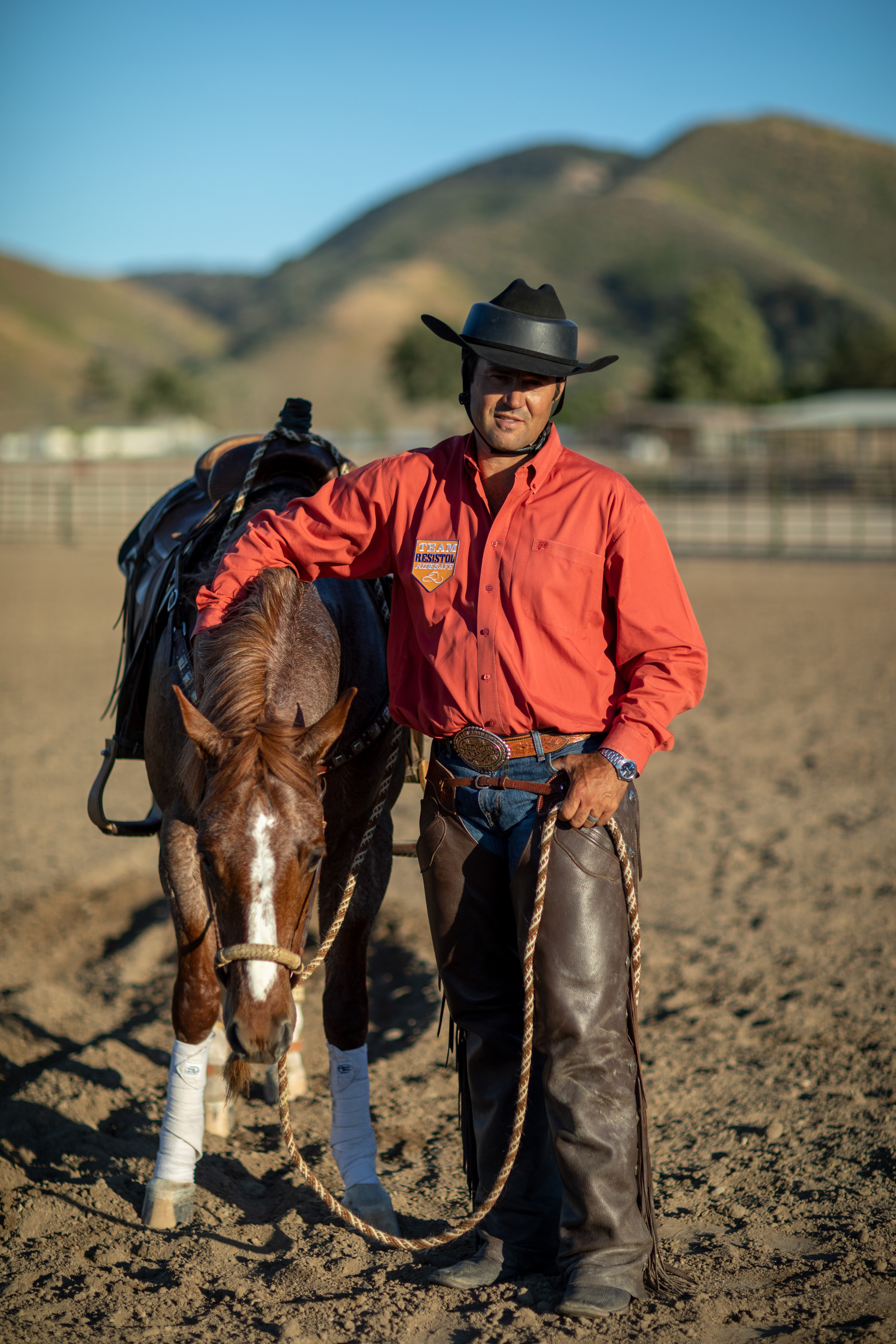When I ran a list of ideas by National Reined Cow Horse Association Futurity Finalist Casey Branquinho for this blog on horse safety for kids, this really, really obvious topic hadn’t come to mind.
I’ve got stories planned on where not to tie your horses, how to safely introduce kids to cattle, horse fitness, and more… but really, I’m so glad Branquinho started with this:
“The biggest thing, for kids or adults really, is doing as you’re told,” Branquinho said. “Kids haven’t had the wrecks, the life experiences that we have. Ultimately, if it’s your barn, it’s got to be your rules and the kids—and even the other adults—need to listen.”

Sure, that seems awfully obvious, but in the 21st century—especially with smart phones that can show kids videos of thousands of other ways to do things—kids have to first learn that they do not know everything about horses, and that they must listen to the trusted instructor (be it parent, mentor, or trainer) above all else.
First and foremost, Branquinho said doing what you’re told around horses is about accepting that the experienced person at the barn is the one who can see more negative situations unfolding in advance, simply because they’ve been there.
“Experienced adults—parents, trainers, or mentors—have seen and/or been in more wrecks with horses than most kids can imagine. I’ve been dragged and had the back of my head stepped on. So we try our best to emphasize to our kids that they haven’t seen everything and can’t see everything coming. We can read a situation, so it’s critical for our kids to listen so they can stay out of trouble and out of harm’s way,” Branquinho said. “All of our kids are guilty of listening to how we tell them to do something, and they’ll roll their eyes, throw a fit, and think they know better than us. They don’t see what we see. They haven’t had the wrecks we’ve had to understand that. They just want to do it their way because they think they know.”
Parents, coaches, and mentors also have a better grasp over what each horse is capable of and will tolerate.

“If your kid sees a professional doing something on a horse on YouTube or watches a training video, he or she might want to give it a try,” Branquinho said. “But that professional could be some rodeo cowboy at the Pendleton Round-Up, riding a rope horse with a dull mouth, and your child is on a reined cow horse that’s as light as can be. Pull back on that reined cow horse and he’s likely to flip over backward on top of you.”
Ultimately, doing as you’re told makes a rider—young or old—coachable, teachable, and open. Safety aside, that’s how you’ll grow as a rider and horseman.

This blog is sponsored by Resistol’s RideSafe. Casey Branquinho, who is a fifth generation cowboy and NRCHA competitor, often wears a RideSafe to empower his own children to do so without shame or stigma.






